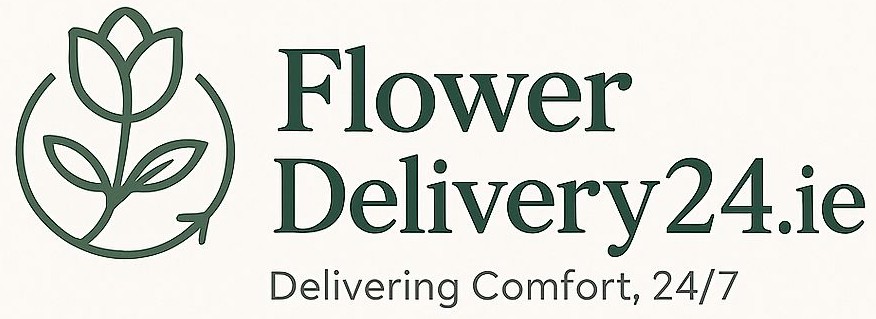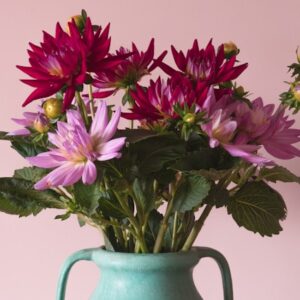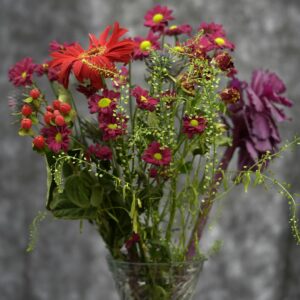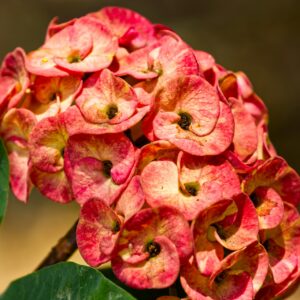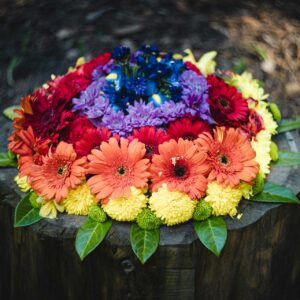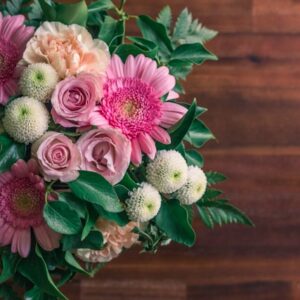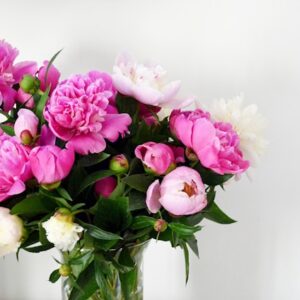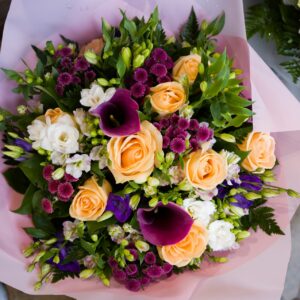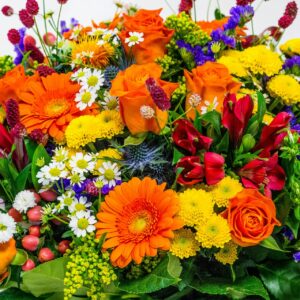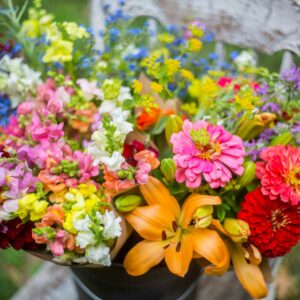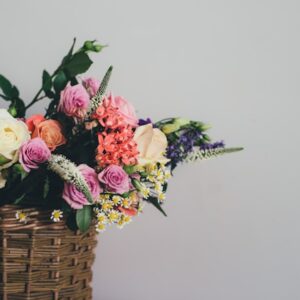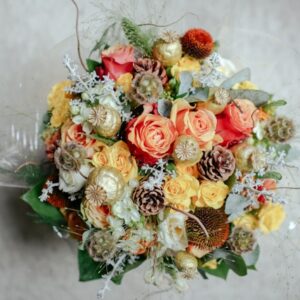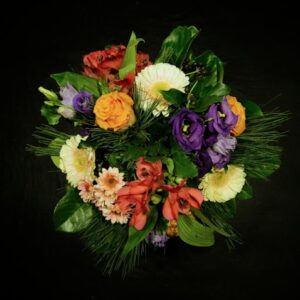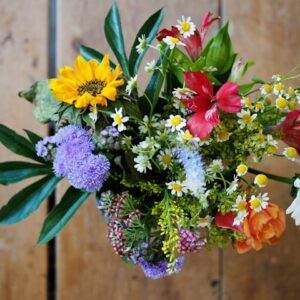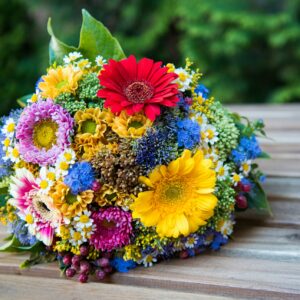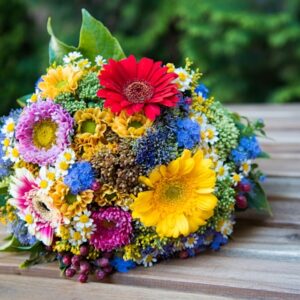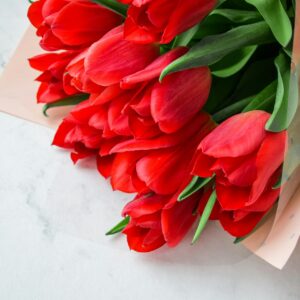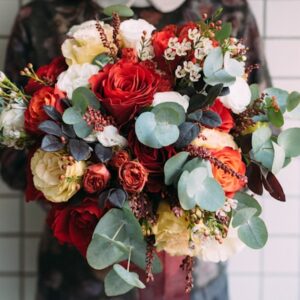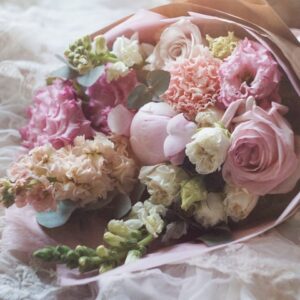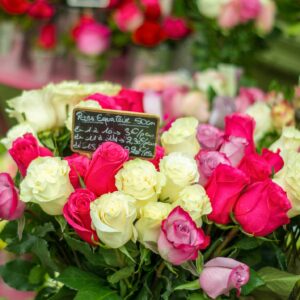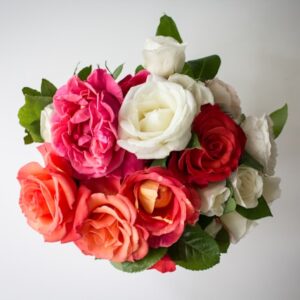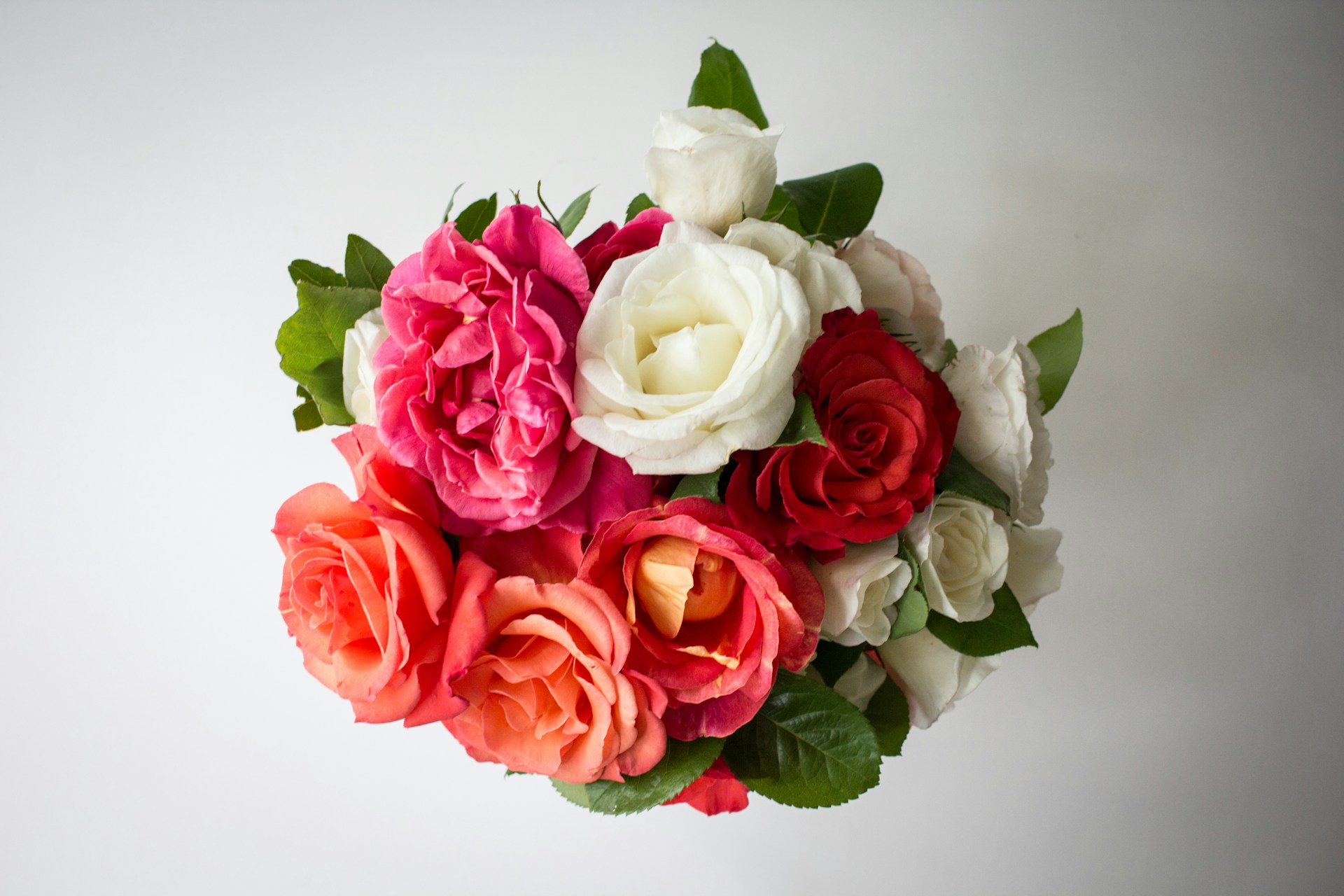The vibrant world of flower delivery thrives on beauty, freshness, and timely arrivals. But have you ever wondered about the magic behind those consistently gorgeous arrangements, or perhaps encountered a familiar floral design across different online platforms? This phenomenon often points to the fascinating, and sometimes misunderstood, concept of “flower delivery clones.” Far from being a mere copycat tactic, understanding this aspect of the industry can empower consumers to make smarter choices and help florists maintain a competitive edge by leveraging popular, proven designs that resonate with customers.
In essence, flower delivery clones refer to popular and frequently replicated floral arrangement designs that become widely adopted by multiple florists or even entire flower delivery networks. These aren’t necessarily illegal copies, but rather trends and styles that gain significant traction due to their aesthetic appeal, suitability for various occasions, or the effectiveness of their underlying marketing. Recognizing these cloned designs allows you to appreciate the artistry involved, understand market trends, and potentially find excellent value from different providers.
The rise of the internet and the democratization of e-commerce have significantly amplified the prevalence of flower delivery clones. As aspiring florists or established businesses seek to capture a share of the online market, they often draw inspiration from successful designs that have already proven their appeal. This leads to a situation where you might see very similar-looking bouquets offered by seemingly different companies, each striving to offer a beautiful and desirable product to their clientele.
The Anatomy of a Flower Delivery Clone: What Makes a Design Popular?
Several factors contribute to a floral arrangement becoming a widely recognized “clone.” Often, it starts with a visually striking and aesthetically pleasing design that captures the public’s imagination. This could be a unique combination of colors, a distinctive vase, or an innovative way of arranging specific flowers. The key is that the design strikes a chord with a broad audience, making it a desirable choice for gifts and celebrations.
The widespread availability of certain flower types also plays a crucial role. When a particular bloom is in season, readily accessible, and relatively affordable for florists, it becomes easier for multiple businesses to incorporate it into their popular designs. This shared resource pool allows for the replication of successful color palettes and structural elements, contributing to the cloning phenomenon across different brands.
Furthermore, the influence of social media and online marketing cannot be overstated. A stunning floral arrangement that goes viral on platforms like Instagram or Pinterest can quickly become a benchmark for popular styles. Florists, observing these trends, will naturally adapt and recreate similar designs to meet customer demand, effectively propagating the “clone” across the digital landscape.
Key Design Elements That Drive Popularity
When we talk about popular floral designs that get cloned, certain elements stand out. Think of classic combinations like a dozen red roses in a clear glass vase, a cheerful mix of sunflowers and daisies, or elegant monochromatic arrangements using shades of white and green. These are foundational styles that are universally appealing and easily recognizable, making them prime candidates for replication.
The choice of vase and container is another significant factor. A sleek, modern cylinder vase might be paired with a contemporary arrangement, while a rustic, earthenware pot could house a more country-chic bouquet. When a particular vase shape and style prove to be popular, florists are inclined to use it repeatedly, further solidifying the visual identity of a “cloned” design.
The specific flower types and their color palettes are perhaps the most obvious drivers of cloned designs. A bouquet featuring blush pink roses, eucalyptus, and touches of lavender evokes a certain romantic and delicate feel. When this combination proves successful, you’ll find many florists offering variations of it, creating a recognizable pattern in the market.
Navigating the World of Cloned Flower Designs: Tips for Consumers
For consumers, understanding flower delivery clones can be an advantage. It means you have a better chance of finding a beautiful and high-quality arrangement that you’ve seen and liked, even if it’s from a different provider. By recognizing popular styles, you can refine your search and articulate your preferences more effectively to florists or online platforms.
When you see a design you love, don’t be afraid to use that as a reference point. You can often search for similar arrangements by describing the key elements: “pink and white roses with eucalyptus” or “bright sunflowers in a ceramic pot.” This approach helps filter through the vast number of options and zero in on what you’re looking for, potentially leading you to a great deal from a less prominent but equally capable florist.
It’s also wise to look beyond just the photograph. Read the product descriptions carefully to understand the specific flowers included, their sizes, and the type of vase. Some florists may offer “similar to” options, which can be a good way to get a popular style at a potentially lower price point, or to discover a new vendor who excels at that particular aesthetic.
Spotting the Differences: Quality and Value Beyond the Visual
While designs may look similar, the quality of the flowers and the skill of the florist can vary significantly. Pay attention to reviews and ratings from previous customers. A florist that consistently receives positive feedback for freshness, longevity, and customer service is likely to provide a better overall experience, even if their designs are “cloned” from popular trends.
Consider the pricing structure. If two arrangements look identical, but one is significantly cheaper, investigate why. It could be due to the sourcing of the flowers, the inclusion of premium foliage, or the level of artistry in the arrangement. Understanding these nuances helps you assess true value rather than just comparing prices.
Don’t underestimate the importance of local florists. While large online platforms can offer convenience, local businesses often provide a more personalized touch and can offer unique variations on popular themes. Supporting a local florist can also mean fresher flowers as they often source them more directly.
The Florist’s Perspective: Leveraging Popular Designs for Success
For florists, understanding and strategically utilizing popular designs, or “clones,” is a fundamental aspect of business. It’s not about outright plagiarism, but rather about identifying successful aesthetics and adapting them to their own brand and clientele. This allows them to tap into proven market demand and reduce the risk associated with creating entirely novel designs that may not resonate.
By observing which arrangements gain traction, florists can refine their offerings and create collections that are almost guaranteed to sell. This strategic approach allows them to allocate resources efficiently, focusing on sourcing the best flowers for popular styles and perfecting their assembly techniques to ensure consistent quality and visual appeal.
Furthermore, having a repertoire of popular, replicable designs helps florists streamline their operations. It simplifies inventory management, training for new staff, and the creation of marketing materials. When a design is a “clone,” it often means the underlying structure and flower choices are well-tested, leading to fewer errors and more efficient production.
Innovation Within Replication: Adding Your Unique Touch
The key to success for florists isn’t just about copying; it’s about adding a unique touch that distinguishes their “clone” from others. This could involve introducing a less common bloom that complements the established color palette, using a more artisanal vase, or incorporating a signature ribbon or decorative element. These subtle differences can elevate a standard design into something special.
Another way florists can innovate is by focusing on seasonality and local sourcing. Even if a design is popular, offering it with flowers that are in season locally can add an element of freshness and sustainability. This not only appeals to a growing segment of eco-conscious consumers but also ensures the best quality and potentially better pricing.
Finally, customer experience is paramount. Even with a cloned design, a florist can differentiate themselves through exceptional customer service, personalized notes, and reliable delivery. A warm and efficient interaction can make all the difference, transforming a standard transaction into a memorable experience that fosters customer loyalty.
The Future of Flower Delivery: Evolution and Adaptation
The concept of flower delivery clones is likely to persist as long as trends and consumer preferences continue to shape the floral industry. As technology advances, we may see even more sophisticated ways for designs to be shared and adapted, with AI potentially playing a role in identifying emerging popular styles or even generating new design concepts.
However, the enduring appeal of fresh flowers and the human desire for beautiful expressions of emotion will always drive innovation. While cloned designs will remain a significant part of the landscape, the industry will continue to evolve, with florists constantly seeking new ways to surprise and delight their customers with unique creations and exceptional service.
Ultimately, whether you’re a consumer seeking the perfect bouquet or a florist aiming for business success, understanding flower delivery clones offers valuable insights. It allows for informed purchasing decisions, strategic business planning, and a deeper appreciation for the artistry and market dynamics that bring beauty to our doorsteps.
“`
Looking for services in Clones? You may also like: Log Cabins Ireland.
